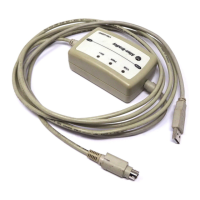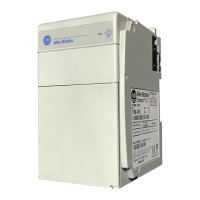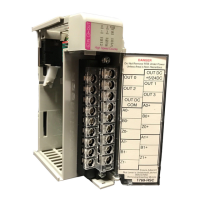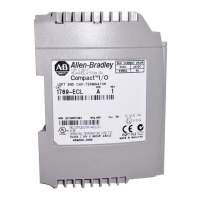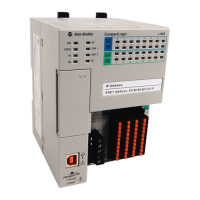138 Rockwell Automation Publication 1769-UM011H-EN-P - April 2012
Appendix B Dynamic Memory Allocation in CompactLogix Controllers
Messages
Messages come in and go out of the controller via the Ethernet, ControlNet, and
serial ports, causing memory allocation. The memory allocations for messages
destined to I/O are accounted for in these allocations. To prevent message
instructions from using too much memory, do not send messages simultaneously.
RSLinx Tag Optimization
With tag optimization, trend objects, trend drivers, and connections allocate
memory.
Trends
Each trend created in a controller creates a trend object and allocates a buffer for
logging.
Table 35 - Message Types
Message Path Connection Established? Memory Allocated
ControlNet Port Incoming Yes - The message is connected. 1200 bytes
No - The message is unconnected. 1200 bytes
Outgoing All outgoing messages whether connected or
unconnected
1200 bytes
Ethernet Port Incoming Yes - The message is connected. 1200 bytes
No - The message is unconnected. 1200 bytes
Outgoing All outgoing messages whether connected or
unconnected
1200 bytes
Serial Port Incoming All incoming messages whether connected or
unconnected
1200 bytes
Outgoing All outgoing messages whether connected or
unconnected
1200 bytes
Table 36 - Tag Functions
Item Description Memory Allocated
Trend Object Object is created in the controller to group the requested
tags. One trend object can handle approximately 100
tags.
80 bytes
Trend Driver Drive is created to communicate with the trend object. 36 bytes
Connection Connection is created between the controller and RSLinx. 1200 bytes
To monitor 100 points:
100 points x 36 bytes = 3600 bytes (Trend Driver)
3600 (Trend Driver) + 80 (Trend Object) + 1200 (Connection)
= approximately 4000 bytes
We estimate that one tag consumes about 40 bytes of memory.
Table 10.A Controller Trends
Item Memory Allocated
Trend Object 80 bytes
Log Buffer 4000 bytes
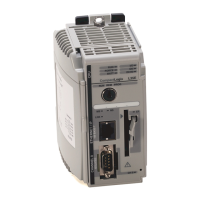
